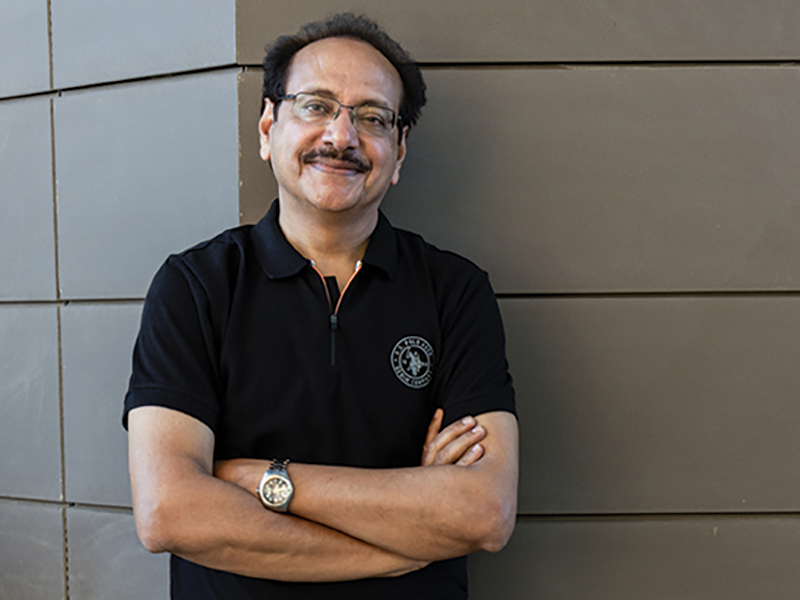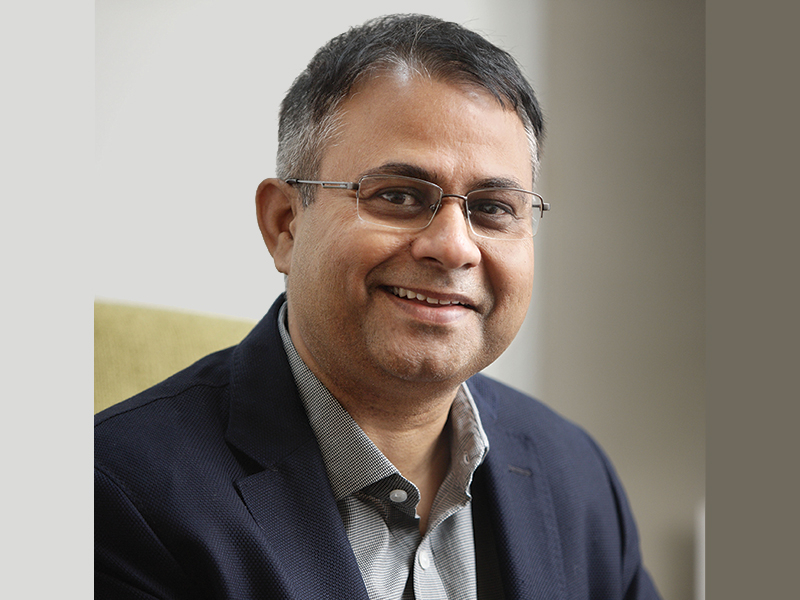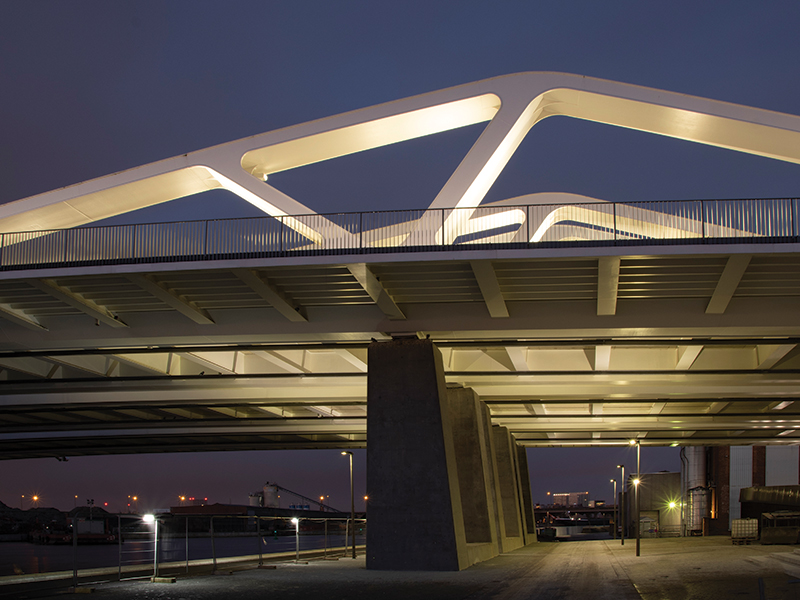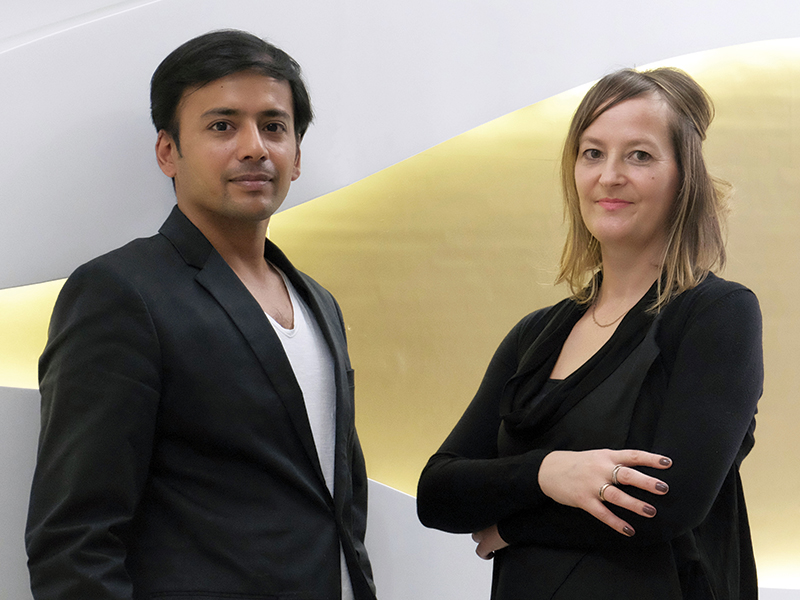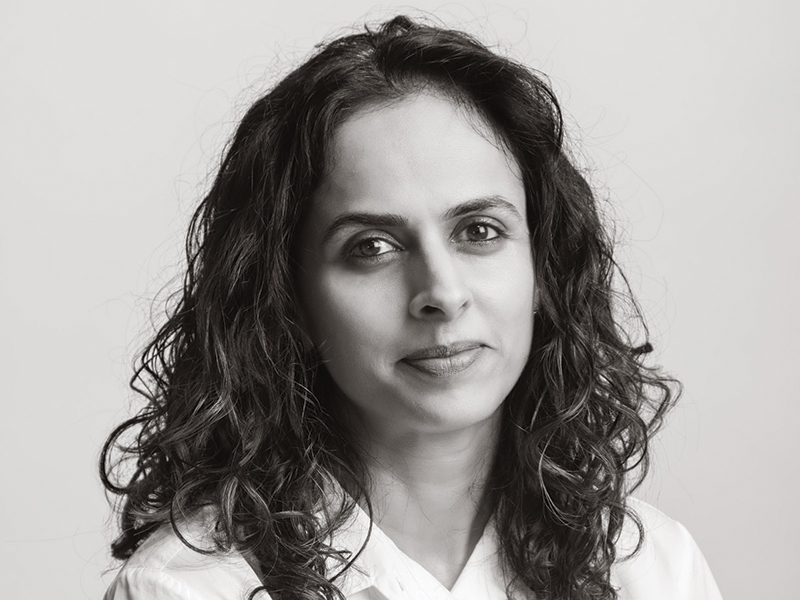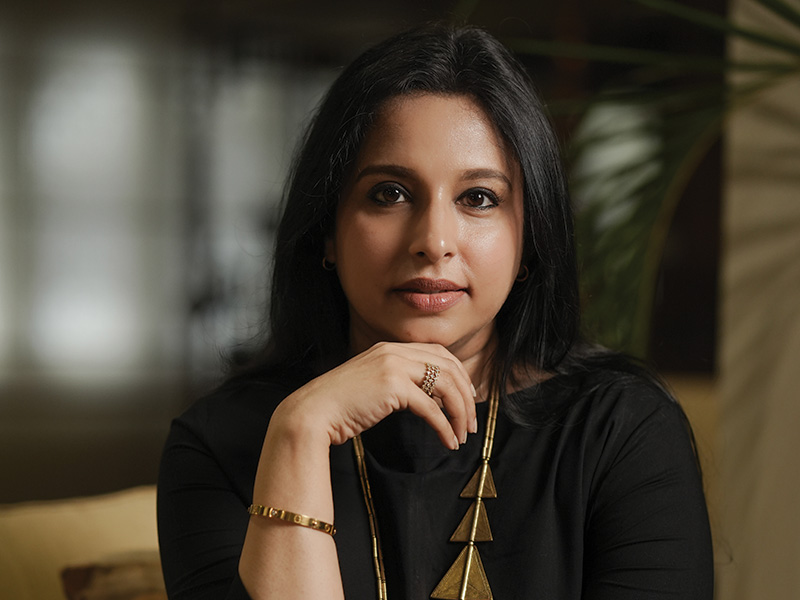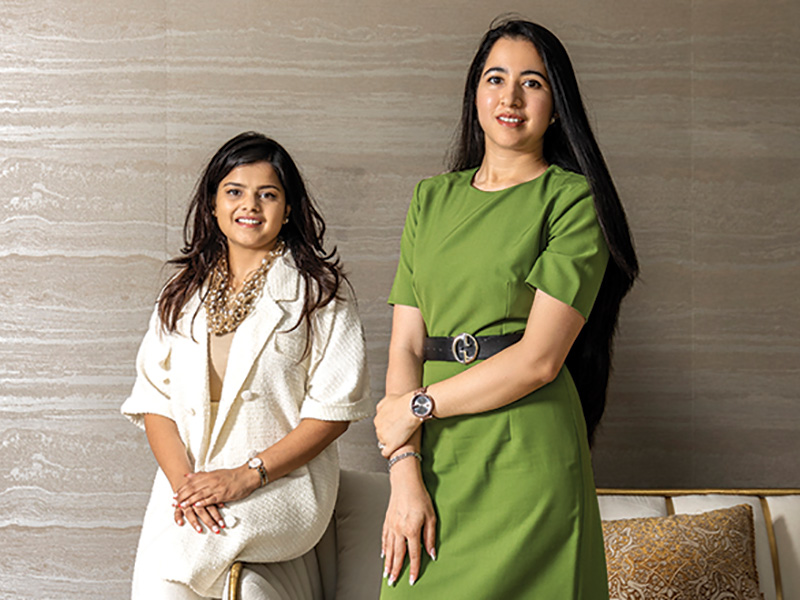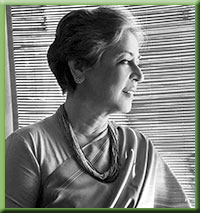
Her journey in her own words...
Over thirty years ago, when I started my independent practice rather boldly, looking back, I guess I never knew where it would lead me. I only knew I loved what I did and my work as an architect was not separate from my being. My early years of practice were rather isolated, as I had not worked in any large prestigious firm, nor had I worked with inspiring architects whom I could look up to as mentors. I wonder what my inspiration was and perhaps this isolation, in a way, gave me the strength to follow my dream and what I believed in.
"We strive to produce work that is innovative, and practical, while keeping in mind the social, economic, environmental and aesthetic issues relevant to each project."
My mother was a zoologist and my father was a power engineer. My first dream was to become an archaeologist. I was fortunate to be taken to different parts of India during my childhood, where I was exposed to different facets of architecture, history and culture. My elder sister went on to study architecture and that got me very curious. I used to talk to her about her studies and then I seemed to gravitate rapidly towards the profession. I completed my Master of Arts degree from Smith College, USA after graduating from the Sir J. J. College of Architecture.
Maybe if I had followed the more conventional route, I would have convinced myself that it would be impossible for a sari clad young woman, working in the world of the 70's, to set up her own practice. The confidence to follow my own path came from my parents, who just assumed that gender discrimination did not exist or certainly was not an excuse, my school who taught me that no dream was impossible and finally my husband and children, who valued me and my profession in their lives.
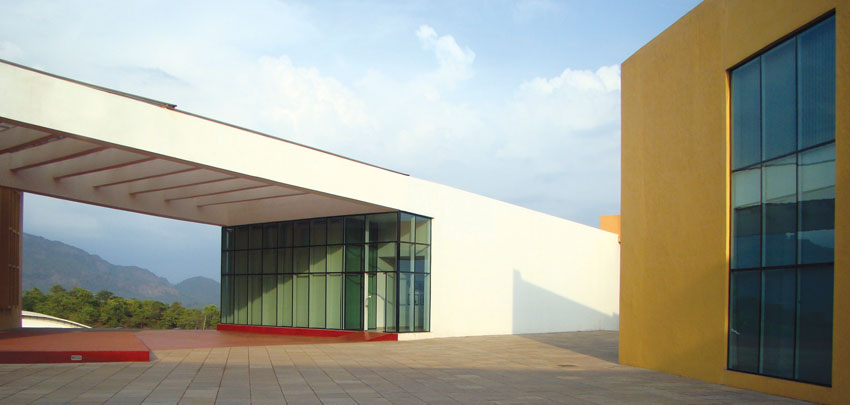
I believe my buildings speak for themselves. I am an Indian, and all what I am comes from my heritage. It is an intrinsic part of my being and will naturally reflect in my work in many ways. The diversity of my work is what I have enjoyed the most. I have built from the Himalayas to the south of India, from Bengal to Kutch and through the central plains and heart of our country, from Jharkhand to Indore and from Uttaranchal to Kodagu. The building types have included reconstruction of villages to hi-tech campuses, from orphanages and animal hospitals to state-of-the-art corporate headquarters, from the village school to the most elite schools in Mumbai and from conserving iconic heritage buildings to converting garbage dumps into parks.
There will be special ideas that work their way in my thoughts, but for me, hard work is the key to success. Architecture is creative and technical profession. It is not just idea, magic and sparks; it is translation of all these elements into reality. And that is a long, hard, difficult job. The ability to do that and to deliver a project of high quality is my challenge.
As architects our practice tells the world who we are and what we value. It is not a single building we designed which may have won awards, it is not something that only the stars in our profession have, it is something all of us architects have - our practice. Through my practice of almost forty years, I believe that an inclusive practice that spans our diverse population, be it economic or cultural, provides us with great satisfaction. The architect's role is that of guardian - he or she is the conscience of the built and un-built environment.

